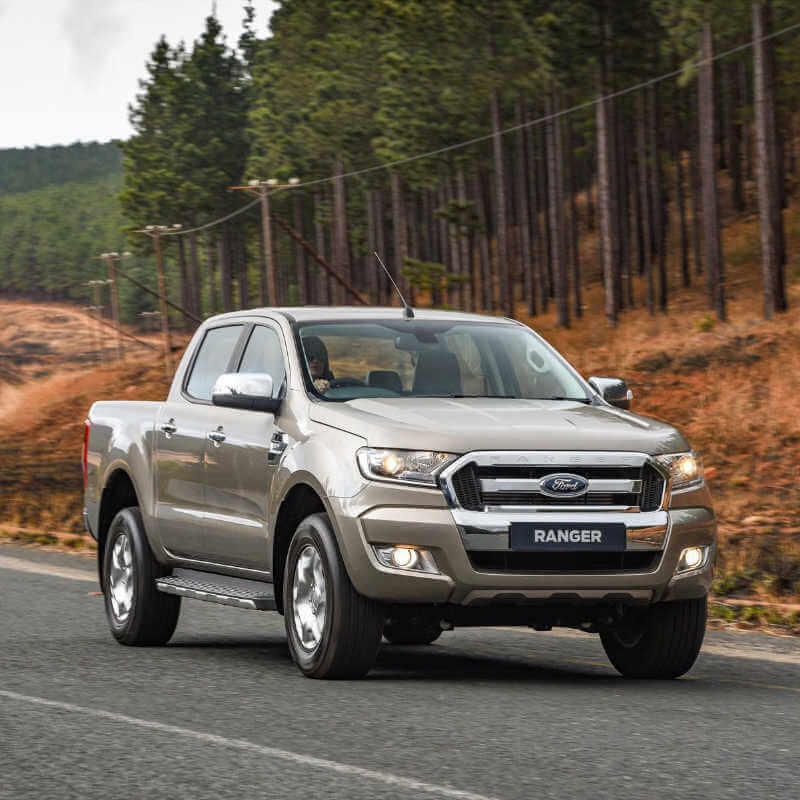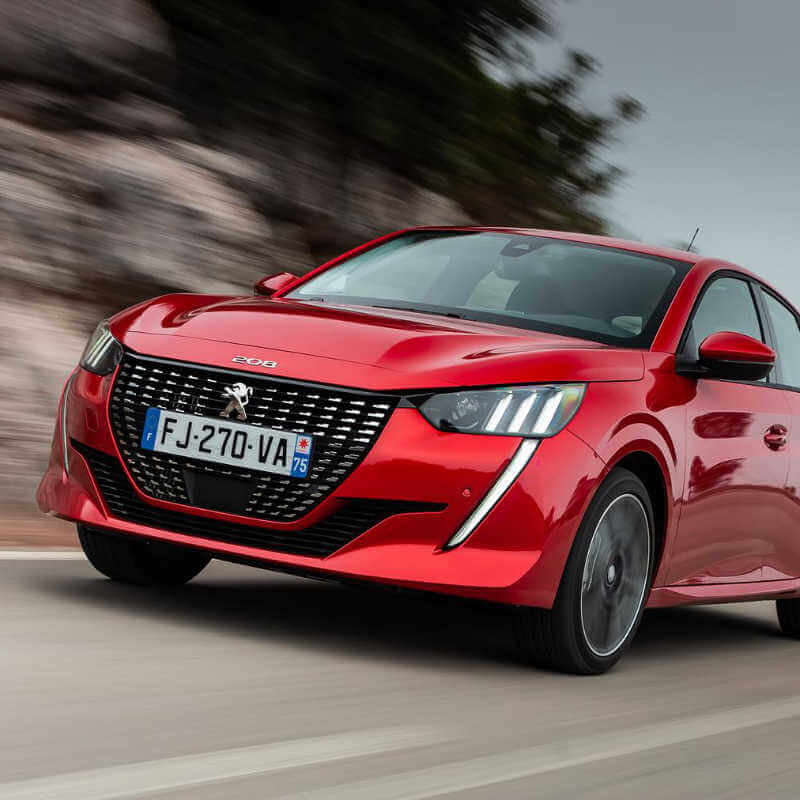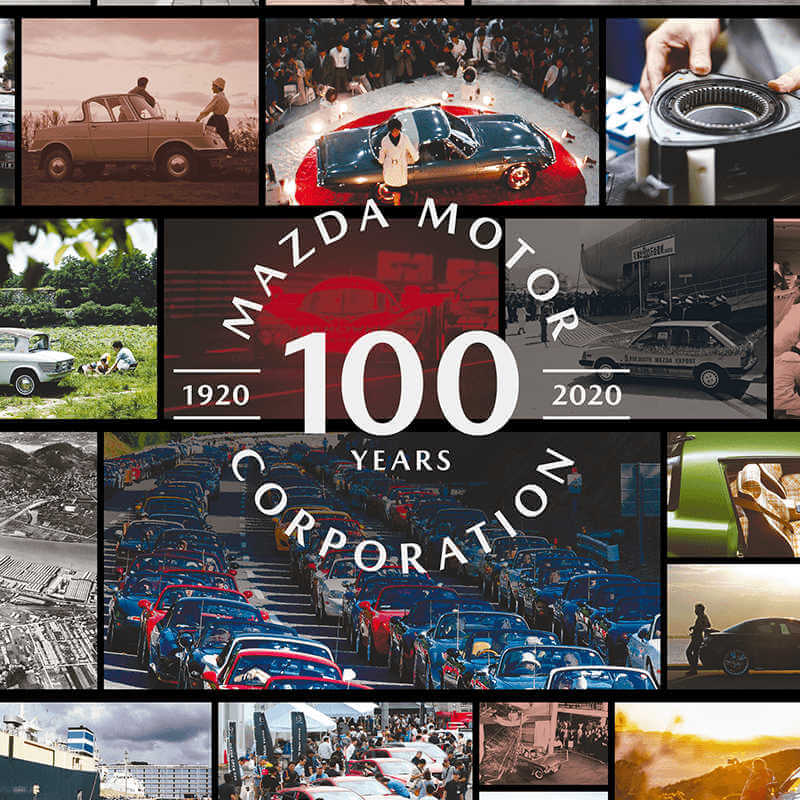Toyota C-HR Concept
An intoxicating combination of design innovation and driving pleasure
• 4,350 mm long, 1,850 mm wide, 1,500 mm high and with a wheelbase of 2,640 mm, the C-HR Concept is conceived around a whole new platform
• The concept employs a new, full hybrid powertrain that will deliver significantly improved fuel efficiency
Combining a bold new dynamic design language with an agile, engaging driving experience to create its own, unique offer within the highly-demanding European car market, a new concept vehicle, the Toyota C-HR Concept recently made its world debut at the 2014 Paris Motor Show.
It hints at the type of vehicle Toyota is aiming to bring to market within the near future. And, given Toyota’s penchant for creating new market segments, the C-HR is a credible stepping stone for the company’s next big innovation.
After all, it was a mere 20 years ago that Toyota carved a whole new market niche with its pioneering and ingenious RAV4. Fundamentally different to a traditional 4×4, the RAV4 featured a small, 2.0 litre engine mounted transversally within a monocoque bodyshell, and all-round independent suspension in a very compact body (just 3.69 m long), all this packaged in an aspirational and progressive design.
Then there was the Prius, the world’s first mass-produced full hybrid vehicle. Launched in Japan in 1997 and in Europe in 2000, it featured a unique Toyota Hybrid System which established a major industry milestone in vehicle powertrain development and set new standards for quiet, ecologically-res¬ponsible driving pleasure.
In 2012 Toyota did it again when it introduced the 86 to universal acclaim. Boasting the world’s only front-mounted horizontally opposed engine and rear-wheel drive package, the compact, entirely driver-focused 2+2 sports car gives form to the pure, intrinsic joy of driving through precise, instantaneous response to even the smallest inputs.
Today the C-HR Concept recaptures the design and packaging ingenuity that spawned the first RAV4, emulates the success of the Prius with a new version of the sophisticated, full hybrid powertrain technology and, inspired by the 86, targets new levels of dynamism and agility.
This highly-innovative design study for a stylish, lightweight and dynamic C-segment hybrid crossover is designed to stand out in an increasingly homogenous market place. It is the next rendition of Akio Toyoda’s promise, on taking over the presidency of Toyota, to build more emotional cars that make their owners fall in love with driving again.
The C-HR Concept offers the perfect combination of compact packaging and outstanding agility essential to those with active urban lifestyles.
It has been conceived around a new platform designed to satisfy customers’ demands for state of the art handling and controllability. In conjunction, a new advanced full hybrid powertrain offers a uniquely engaging driving experience matched to 21st century traffic conditions, whilst delivering outstanding efficiency.
A new architecture styling theme
The Toyota C-HR Concept introduces an expressive new, diamond architecture styling theme to the segment. Below a compact, sensual cabin profile, the lower bodywork has been sculpted to represent the facetted surfaces of a highly-durable, precision-cut gemstone.
In plan form, the corners of the bodyshell have been cleanly shaved off. This both removes mass from the overall volume, and emphasises the powerful flair of the front and rear wheel arches, reinforcing the new crossover’s broad, planted stance from every viewpoint.
The front of the C-HR Concept not only represents a further development of Toyota’s Under Priority and Keen Look design identity, but also introduces new styling themes which hint at a future design direction for the brand.
Above a robust central bumper profile, the slim upper grille associated with Under Priority design has evolved into a floating ‘wing’ which flows seamlessly around the front corners of the vehicle. Within the wing, extrovert headlamp detailing incorporates a high-tech, 3D treatment of the distinctive Daytime Running Lights (DRL).
Adding emphasis to the vehicle corners to further reinforce the new crossover’s solid stance, the large lower grille is flanked by strongly sculpted gills. These powerful frontal elements are underscored by an aero-inspired, floating front spoiler.
From the side, the highly-facetted lower body, ‘XXL’ wheel arches and aggressively angular rear shoulder are juxtaposed with an exceptionally sleek cabin profile.
The glasshouse is emphasized by the sweeping, uninterrupted extension of the side glazing into the rear screen. This creates a slim, floating, spoiler-tipped roofline the length of which is exaggerated by ‘suspended’ C-pillars which taper into needle points on either side of the rear screen.
The floating roof is detailed with patterned openings which create a uniquely animated play of light within the C-HR Concept’s cabin space.
Seen from the rear, the dramatically tapering glasshouse emphasises the cross-over’s wide shoulders and planted stance. Once again shaped in the manner of a facetted gemstone, the vehicle rear shares the front bodywork’s corner detailing. Highly-distinctive, aero-inspired, floating rear lamp clusters further enhance the broad shoulders of the C-HR Concept’s muscular lower bodywork.
A unique wheel design reinforces the vehicle’s crossover credentials, the blade design of the spokes hinting at the sophistication and efficiency of the C-HR Concept’s full hybrid powertrain.
A global project rooted in the European market
The C-HR Concept is another tangible application of Toyota’s new Global Vision thinking, first advocated by President Akio Toyoda in 2011. Recognizing that Europe is the most demanding market for small and mid-sized vehicles, Toyota uses this region as benchmark for defining future global A-, B- and C-segment cars. Toyota Motor Europe (TME) has also become the company’s skill centre for diesel engines, perceived quality and vehicle dynamics.
In the case of C-HR Concept, there was close cooperation between Toyota’s vehicle planning centres in Japan and in Europe, in order to get a good understanding of the latest European customer demands and vehicle trends. As for the styling of the concept car, it is the result of a global cooperation between ED2 (European Design Development Centre) and the other design centres.
TME will continue to work hand in hand with TMC (Toyota Motor Corporation in Japan) to enter the C-crossover segment.







